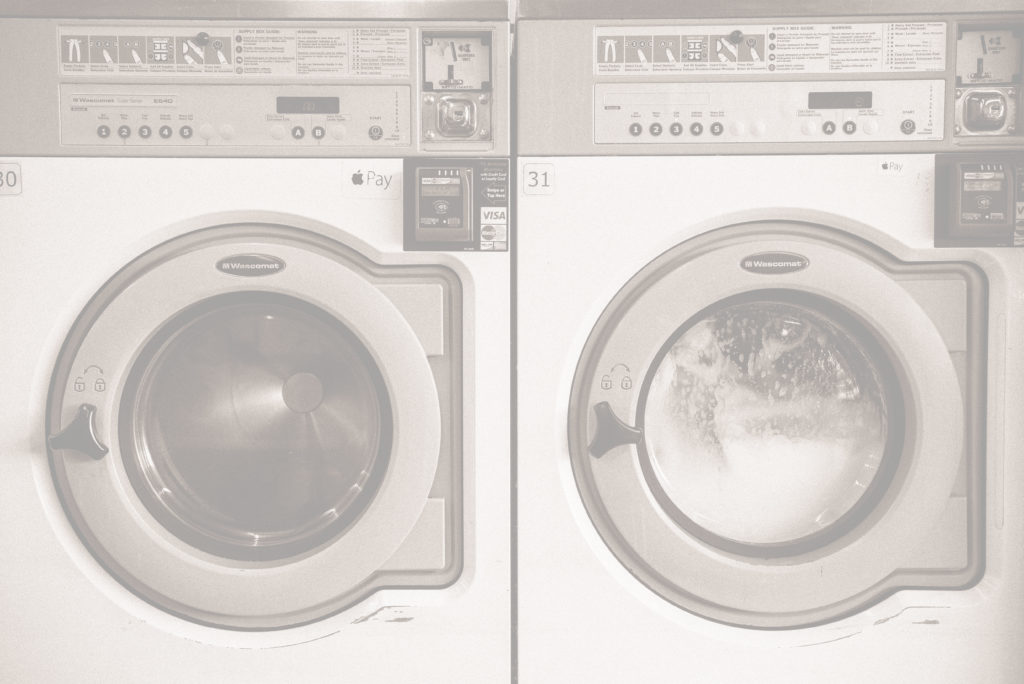A new article proposes a standard test method for measuring microplastics shedding during everyday wash of fabrics and garments. This method could be used in comparing the environmental load caused by shedding from different garments, or identifying improvement possibilities in garment construction. The research is led by scientist at Swerea IVF, using samples from industry partners H&M, Boob Design and Filippa K.
In order to improve the shedding properties of garments, it is necessary that the measurement method is sensitive and valid. Previous published studies have shown a large variation; the amount of shed particles varies from 120 to 728,289 particles from similar garments. Thus, there is a need to develop a strong method with as little standard deviation as possible to distinguish whether a change in construction leads to a higher or a lower release of microplastics.
Based on existing standard methods for textile testing, a method was developed involving the steps of sample preparation, washing, filtering the washing water and analyzing the shed microplastics. In comparison to other published methods the proposed method seems to be efficient in limiting the measurement to the actual shedding from the textile surface. Validation after improved robustness showed a standard deviation of only 7.7 %. By presenting the method in detail, this article aims at supporting industry association led initiatives in this area.
One of the main research findings is that the cause of shedding from textile can be divided into two groups, textiles as a generator of microplastics and textiles as a carrier of microplastics. In either case, the textile causes microplastics to be released into the ocean, which means that from an environmental point of view, both these routes are important. However, if the aim is to investigate how the construction phase influences the shedding it is essential that these two routes can be separated.
The new article is related to earlier published report Microplastics shedding from polyester fabrics available at our website. The studies of microplastics within the Mistra Future Fashion program has led to continued funding via the MinShed project, hosted by Swerea IVF. The next step will be to optimize further and help in the work with aligning all methods used in academia or by industry to create a standard.
Please find the article online here.
Complete reference: Jönsson, C., Levenstam Arturin, O., Hanning, A-C., Landin, R., Holmström, E. and Roos, S. Microplastics shedding from textiles – developing analytical method for measurement of shed material representing release during domestic washing. Sustainability, 10(7), 2457. Published online July 13th, 2018.




